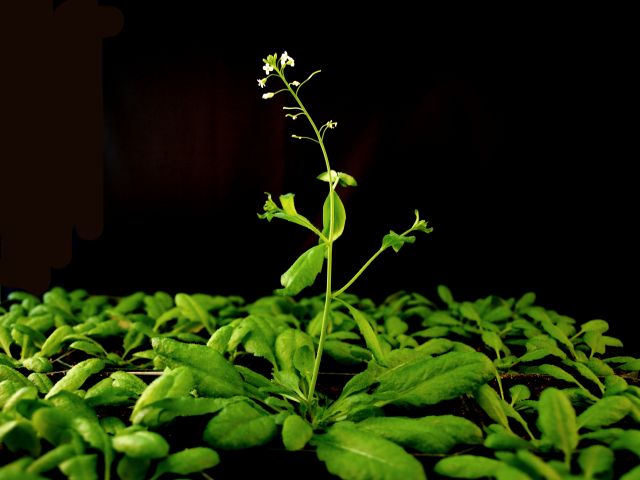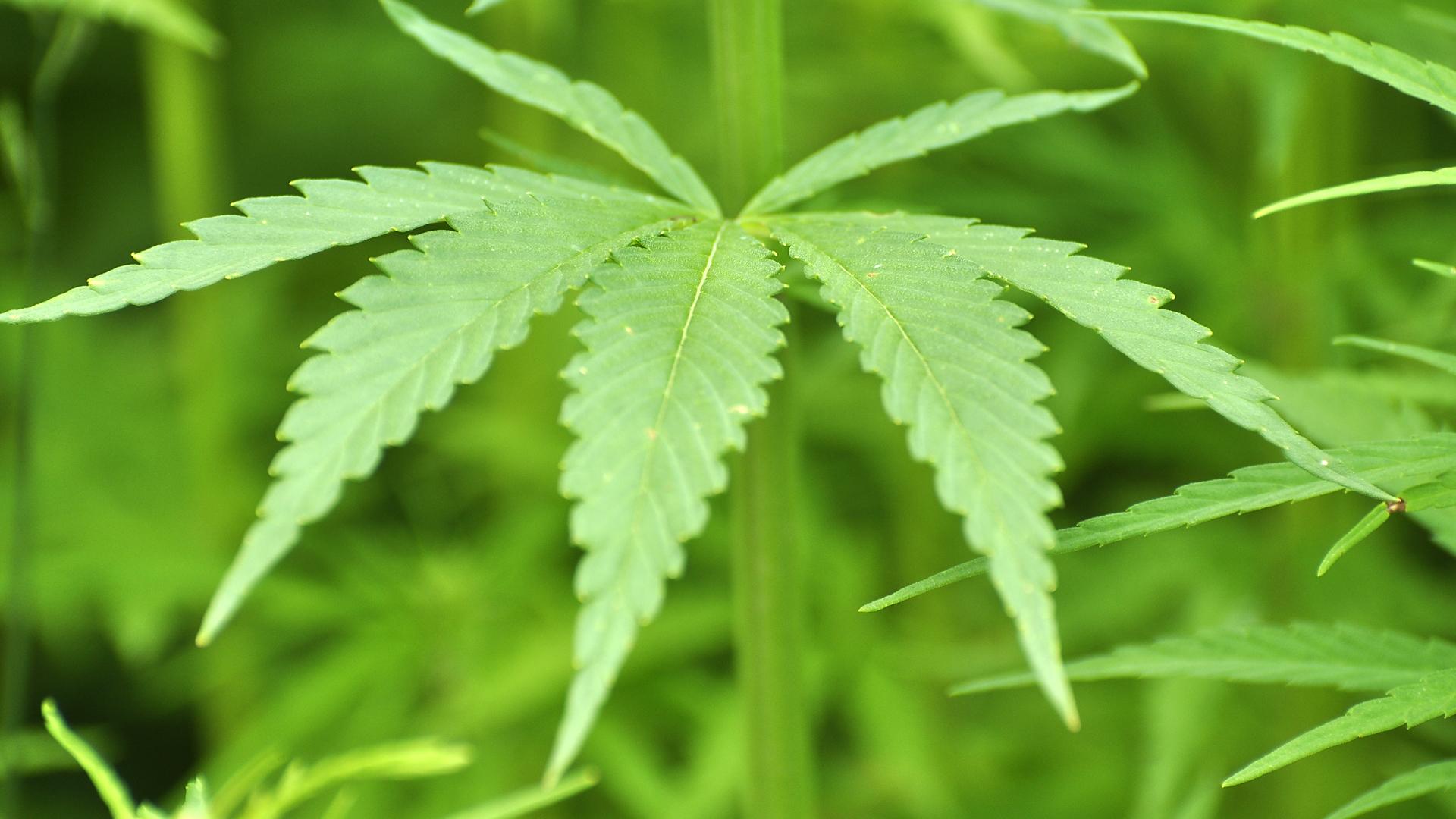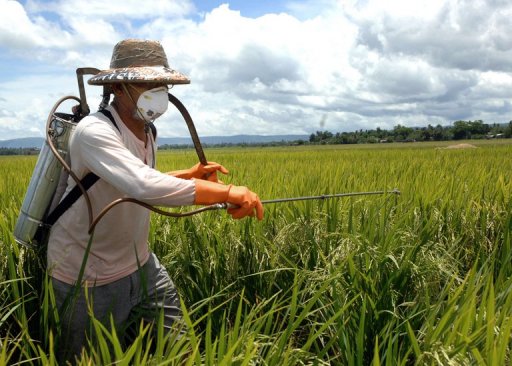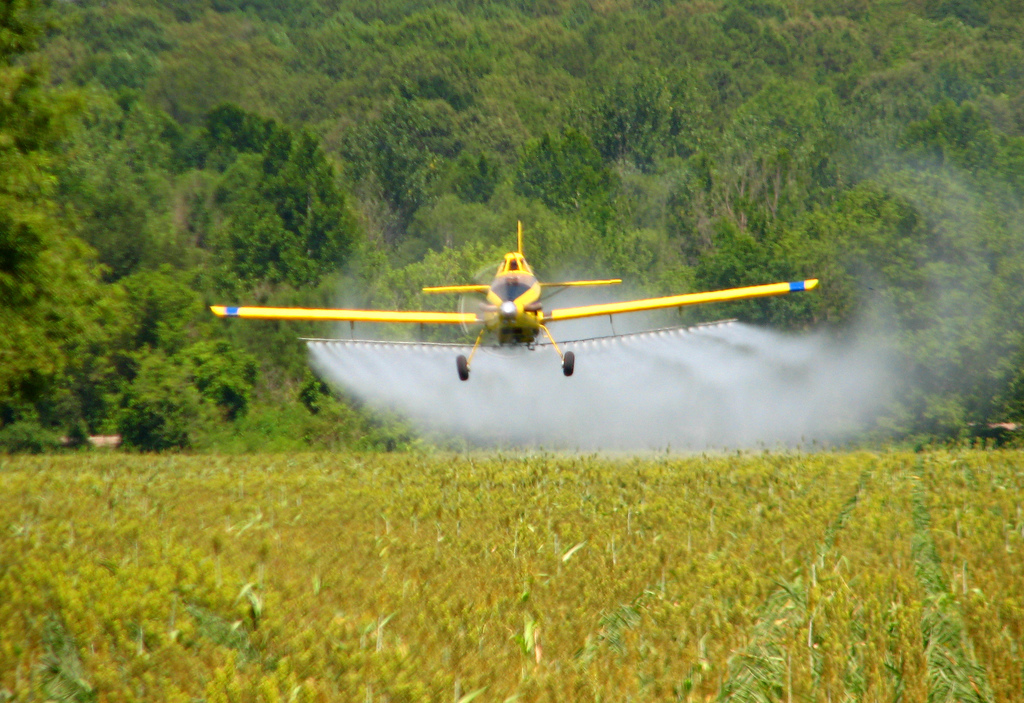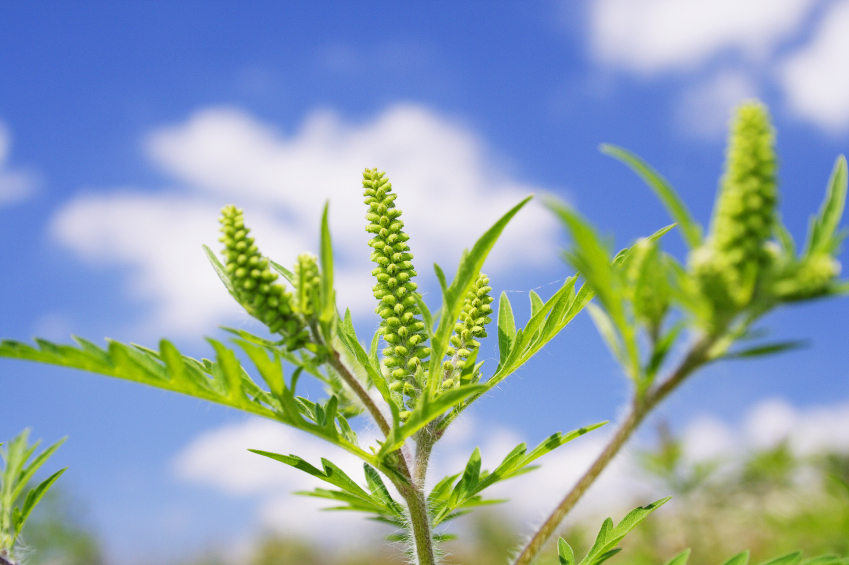CHEMICAL FOR DROUGHT
Farmers within the U.S. witnessed best extremes in temperature and drought throughout the last 2 summers, that caused worldwide will increase within the prices of food, feed, and fiber. Indeed, several climate scientists caution that extreme weather events ensuing from temperature change area unit the new traditional for farmers in North America et al, requiring novel agricultural ways to forestall crop losses. currently a look team semiconductor diode by Sean dealer, a plant cell scientist at the University of Calif., Riverside, has found a brand new drought-protecting chemical that shows high potential for turning into a strong tool for crop protection within the new world of utmost weather.
Named “quinabactin” by the researchers, the chemical mimics a present stress secretion in plants that helps the plants address drought conditions.
Study results seem on-line on within the Proceedings of the National Academy of Sciences. All land plants have tangled water-sensing and drought-response systems that area unit tuned to maximise their fitness within the environments they sleep in. as an example, plants in environments with tide grow slowly so they do not consume a lot of water than is obtainable.
“But since farmers have forever desired aggressive varieties, their most valued strains failed to forever originate from drought-tolerant progenitors,” explains dealer, AN professor of plant cell biology. “As a result, we\’ve crops nowadays that perform o.k. in years of plentiful water however poorly in years with very little water. This quandary has spawned an energetic look for each new drought-tolerant crops and chemicals that farmers may use for up crop yield underneath adverse conditions.”
Working on genus Arabidopsis, a model plant used wide in plant biology labs, dealer and his colleagues centered their efforts on tinkering with one in every of the plant\’s endogenous systems concerned in drought responses. Plant leaves area unit lined with small pores, known as stomata, that dynamically open and shut to regulate the number of water lost to the setting by evaporation. so the plants will acquire CO2 from the atmosphere, the pores ought to be open a number of the time, leading to some loss of water.
During drought the stomata shut firmly to limit water loss.
Behind the scenes, alittle secretion known as abscisic acid (ABA) orchestrates the gap and shutting of the pores. Cells throughout the plant manufacture increasing amounts of ABA as water levels decrease. ABA then moves throughout the plant to signal the nerve-racking conditions and shut the stomata. within plant cells, ABA will its job by turning on a special category of proteins known as receptors. the invention in 2009 of ABA receptors by a similar team behind the present breakthrough was publicised by Science magazine united of the highest breakthroughs of 2009 as a result of its connectedness to the drought downside.
“If you\’ll be able to management the receptors the means ABA will, then you\’ve got how to regulate water loss and drought-tolerance,” dealer aforesaid. “It has been far-famed for several years that merely spraying ABA on plants improves their water use and stress tolerance, however ABA itself is way too high-priced for sensible use within the field by farmers.”
To address this downside, dealer and his team searched through several thousands of molecules to spot cheap artificial chemicals that might activate the receptors by mimicking ABA. The team found and named quinabactin, a molecule they show is nearly indistinguishable from ABA in its effects, however abundant less complicated with chemicals and so easier to create than ABA. By learning however the new molecule activates the ABA receptors that area unit concerned in drought tolerance, the team additionally has learned a lot of concerning the underlying management logic of the strain response system and provided new data that may be used for others fascinated by developing similar molecules.
“This could be a competitive area unitna that features agrichemical giants UN agency are busily operating to bring similar drought-protecting molecules to promote, therefore this is often a landmark discovery as a result of quinabactin is that the first-in-class artificial molecule of its kind,” dealer aforesaid.
The work reportable on is that the initial during a multistep method of transportation a brand new agricultural product to promote. Given the quality and prices of such a method, the UCR workplace of Technology commercialisation (OTC) is functioning with AN agricultural leader, Syngenta Biotechnology, Inc., to develop the technology.
Joyce Patrona, a licensing officer in over-the-counter, is coordinative UCR’s licensing efforts for quinabactin.
“It has become terribly apparent to trade engaged during this space of technology the hardiness of Dr. Cutler’s analysis,” she says. “This could be a credit to Dr. dealer and his team furthermore on UCR for its commitment to bring innovative analysis to the marketplace.
Cutler’s collaborators on the research area unit Brian Volkman and Francis Peterson at the Medical school of Wisconsin, UN agency helped unravel the mechanism by that quinabactin mimics ABA by deciding the atomic structure of the new molecule guaranteed to one in every of its cellular receptors. Others UN agency worked with them area unit Masanori Okamoto (first author of the analysis paper); Andrew Defries and Sang-Youl Park at UCR; and Akira Endo and Eiji Nambara at the University of provincial capital, Canada.
The analysis was supported by grants from the National Science Foundation, Syngenta Biotechnology, Inc., and also the Japanese Society for the Promotion of Science.

Thanks for installing the Bottom of every post plugin by Corey Salzano. Contact me if you need custom WordPress plugins or website design.

